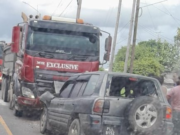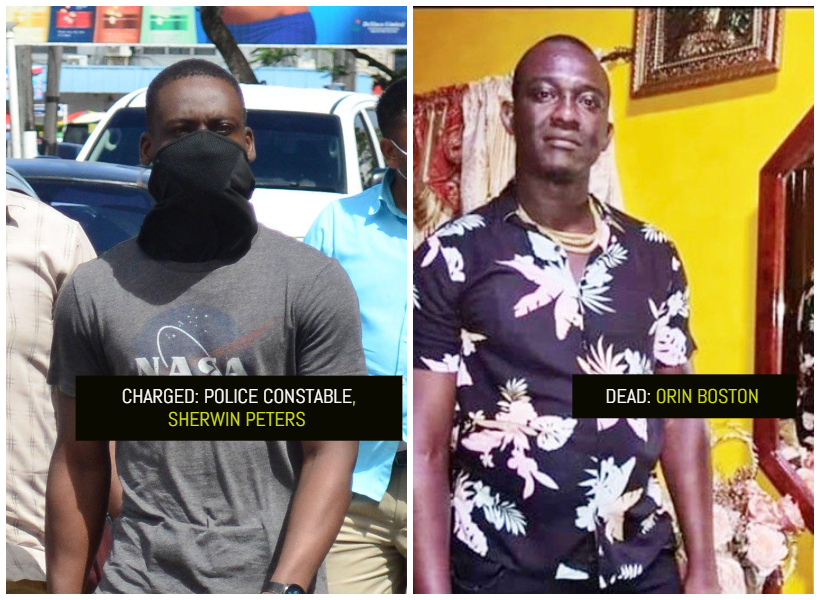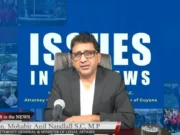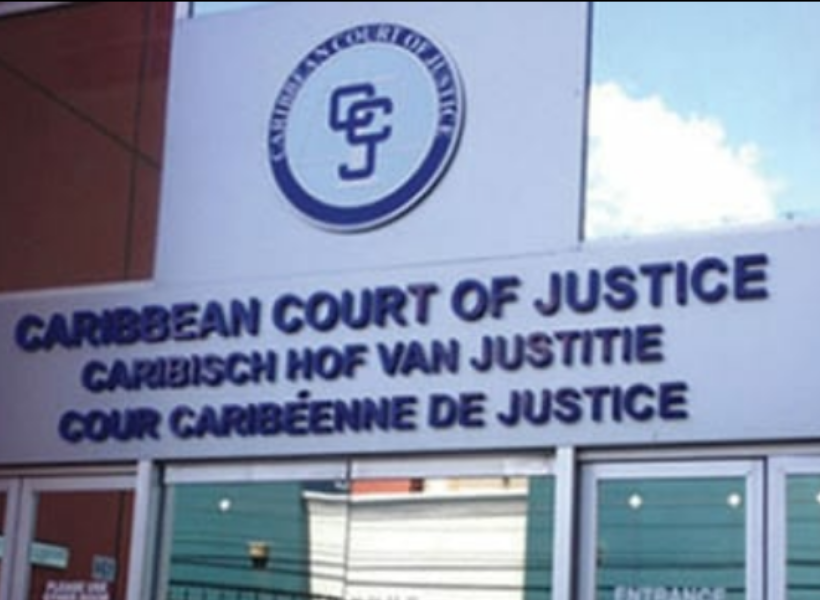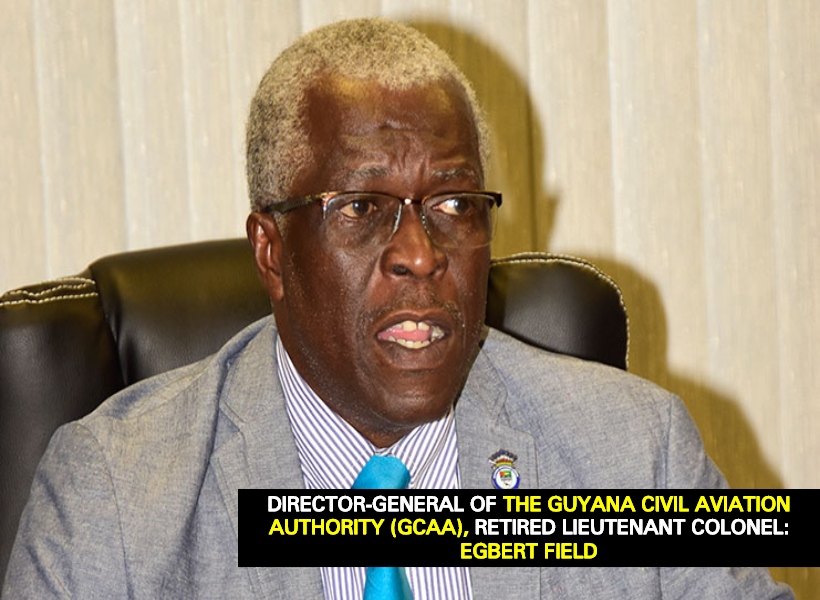Almost every year in Guyana, there are reported cases of airplane incidents or accidents—involving mostly domestic flights—leaving many to wonder whether these machines are safely maintained.
The most recent plane crash occurred on Friday morning when an aircraft belonging to Fly Jamaica Airlines crash landed at the Cheddi Jagan International Airport due to “hydraulic issues.”
This was the second international flight to be involved in an accident locally. A plane attached to Caribbean Airline Limited crash landed in 2011 and split in two, injuring several persons.
Quizzed on the inspection process used by airlines, the Director General, Egbert Field of the Guyana Civil Aviation Authority (GCAA) explained that there are various forms of inspection. He said there are A-checks and B-checks. These are lighter inspections, typically executed overnight and involve visual examinations of engines, landing gear, control surfaces, and other key systems as well as routine maintenance, such as fluid checks.
C-checks are more involved. These require taking the plane out of service for a few weeks, roughly every two years, so that inspection can be carried out on a large majority of the plane’s components.
D-checks are major events, occurring approximately every decade of active use that involve taking apart most components, from the engines to the electronics to the landing gear and even the interiors, for a more thorough, deep-tissue examination.
The D-checks can last several months and cost millions of dollars, including part replacements and assorted heavy-maintenance steps.
According to Field, each airline is required to develop their own inspection program which is then taken to his agency for approval. Once approved, the carrier is tasked with carrying out its own inspections.
Regarding international airlines, this news agency was told that the state of the operator is required to carry out “the big inspections” which are the C-checks and D-checks.
Additionally, the carriers are ultimately responsible for ensuring the planes are inspected on schedule.
A source in the local aviation sector revealed that most domestic airlines do not carry out the D-checks since this will cost too much.
For the D-checks, the entire airplane is supposed to be dismantled. Everything in the cabin is removed, from the seats to the toilets, so that the engineers can inspect the metal skin of the plane inside out.
The source said that the engines and landing gear are supposed to be taken out. All of the aircraft systems are supposed to be taken apart, checked, repaired or replaced and re-installed.
The Guyana Standard was told that each D-check costs millions and takes about three to six weeks but when completed, the aircraft is like brand new. Guyana does not have the expertise to do these checks and bringing in professionals will cost several millions alone.
“If these planes used to be stripped and examined, we would not have had so many accidents in Guyana. We have never had a plane stripped and inspected here,” the source said while explaining that most of the other inspections (A, B and C checks) are usually done.
In the last three years, there have been more than five reported airplane incidents and accidents in Guyana with at least two being fatal.
